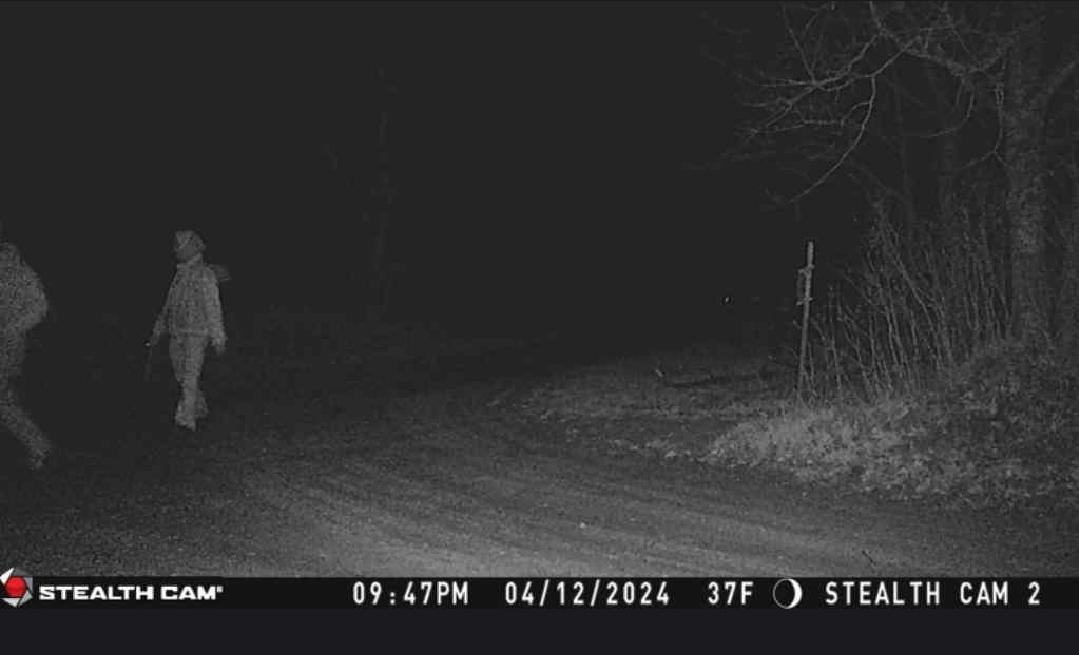Is that even possible? The answer is yes! A cold front passed over the Upper Midwest on Tuesday, resulting in much cooler temperatures by the afternoon and evening hours.
Here in Northern Michigan, the temperatures warmed up into the lower 70s for many areas in the early afternoon, but cooled down into the mid to lower 60s by 4 p.m., as the cold front passed.
Meanwhile in Wisconsin, they observed a quicker drop in temperatures with the cold front. Milwaukee observed 80 degrees at 3:15 p.m., and by 3:35 p.m. it had dropped to 60 degrees, according to the National Weather Service in Milwaukee.
The rapid drop in temperature is the result of the temperature difference between Lake Michigan and the land. The front is ultimately a lake breeze, where winds blow from the water to the land. The cold air over the lake creates a cold front over the land.
On Tuesday, observations from buoys were reading water surface temperatures of 50 degrees and less, while the inland air temperatures were in the upper 70s and low 80s. That’s enough difference to make a difference! The lake breeze converged with the already existing cold front passing through the region, making the temperatures drop quickly!
The term “pneumonia front” was created by the National Weather Service in Milwaukee in the 1960s after they observed the quick decrease in temperature. To be considered a pneumonia front, the temperature has to decrease at least 16 degrees in a one-hour period.
We experience lake breezes here in Northern Michigan often, but a pneumonia front happens mostly on the western shore of Lake Michigan in Wisconsin and Illinois.
Check out the plummeting temperatures behind the pneumonia front in #Milwaukee. At 3:15pm it was 80 degree at MKE, by 3:35pm it was 60. That is a 20 degree drop in 20 minutes! #wiwx 🥶 pic.twitter.com/V2c0qe6ovY
— NWS Milwaukee (@NWSMilwaukee) May 16, 2023


